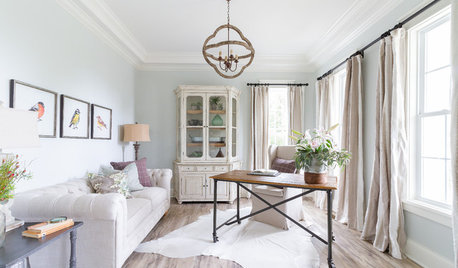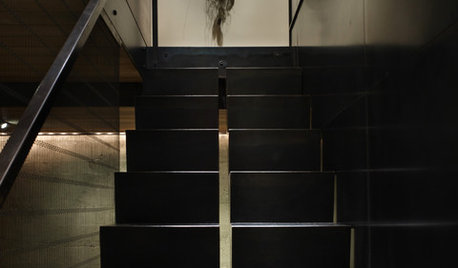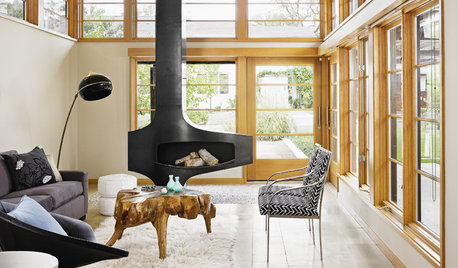Any walkthrough tips?
autumn201
14 years ago
Related Stories

MOST POPULAR12 Key Decorating Tips to Make Any Room Better
Get a great result even without an experienced touch by following these basic design guidelines
Full Story
REMODELING GUIDESContractor Tips: 10 Hats Your General Contractor Wears
Therapist, financial advisor, mediator — for the price of a single good contractor on your remodel, you're actually getting 10 jobs done
Full Story
MOVINGRelocating Help: 8 Tips for a Happier Long-Distance Move
Trash bags, houseplants and a good cry all have their role when it comes to this major life change
Full Story
LIFE10 Tips for Subletting Your Place
Getting out of Dodge this summer? Some thoughts to take in before you hand over the keys and take off
Full Story
PRO TIPSThe Most Important Steps in Any Client Meeting
Learn the key to moving a homeowner efficiently through the sales process
Full Story
LANDSCAPE DESIGNHow to Look Good From Any Angle (the Garden Edition)
Does your garden pique interest from one vista but fall flat from another? These tips and case-study landscapes can help
Full Story
EXTERIORS5 Pro Tips for the Best Home Exterior Updates
Knock your block's socks off with this professional advice to give your home's exterior a striking new look on any budget
Full Story
DISASTER PREP & RECOVERYRecovery Tips From a Hurricane Survivor
Redefining ‘normal’ is key when you’re dealing with any kind of damage from a natural disaster
Full Story
Stair Flair: Staircases Unlike Any Other
Make Each Step Count with Tiles, Paint, and Unique Materials
Full Story
FIREPLACES8 Fantastic Freestanding Fireplaces to Warm Any Room
Free up your room's design and lighten the load on your budget with a freestanding fireplace in a style to suit your taste
Full Story






bevangel_i_h8_h0uzz
srercrcr
Related Professionals
Makakilo City Architects & Building Designers · Pembroke Architects & Building Designers · Gardere Design-Build Firms · Ammon Home Builders · Commerce City Home Builders · Fredericksburg Home Builders · Kingsburg Home Builders · Alabaster General Contractors · Auburn General Contractors · Bowling Green General Contractors · Fort Lee General Contractors · Havelock General Contractors · Holly Hill General Contractors · Jamestown General Contractors · West Whittier-Los Nietos General Contractorsmarthaelena
macv